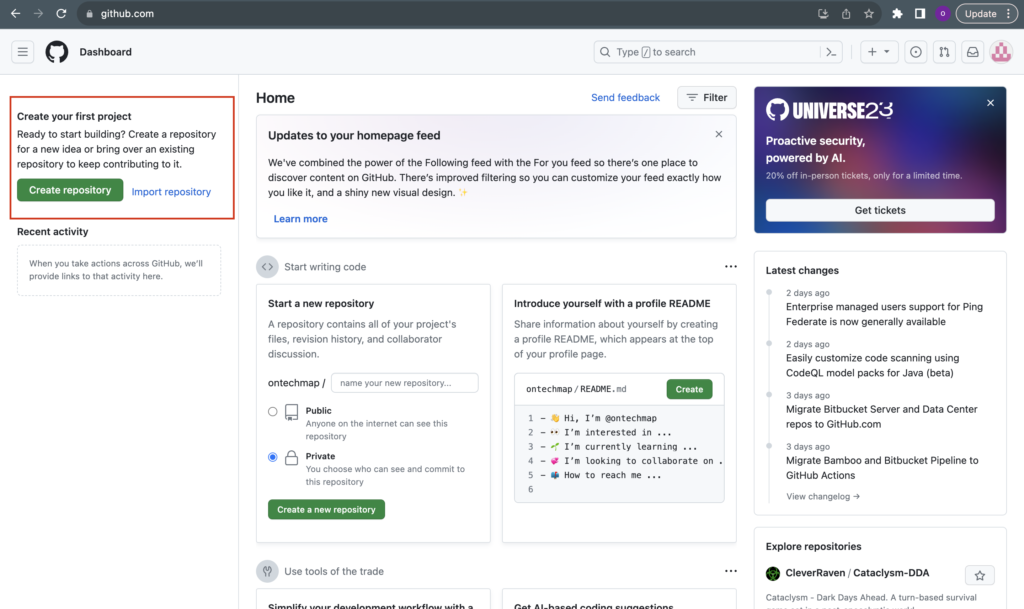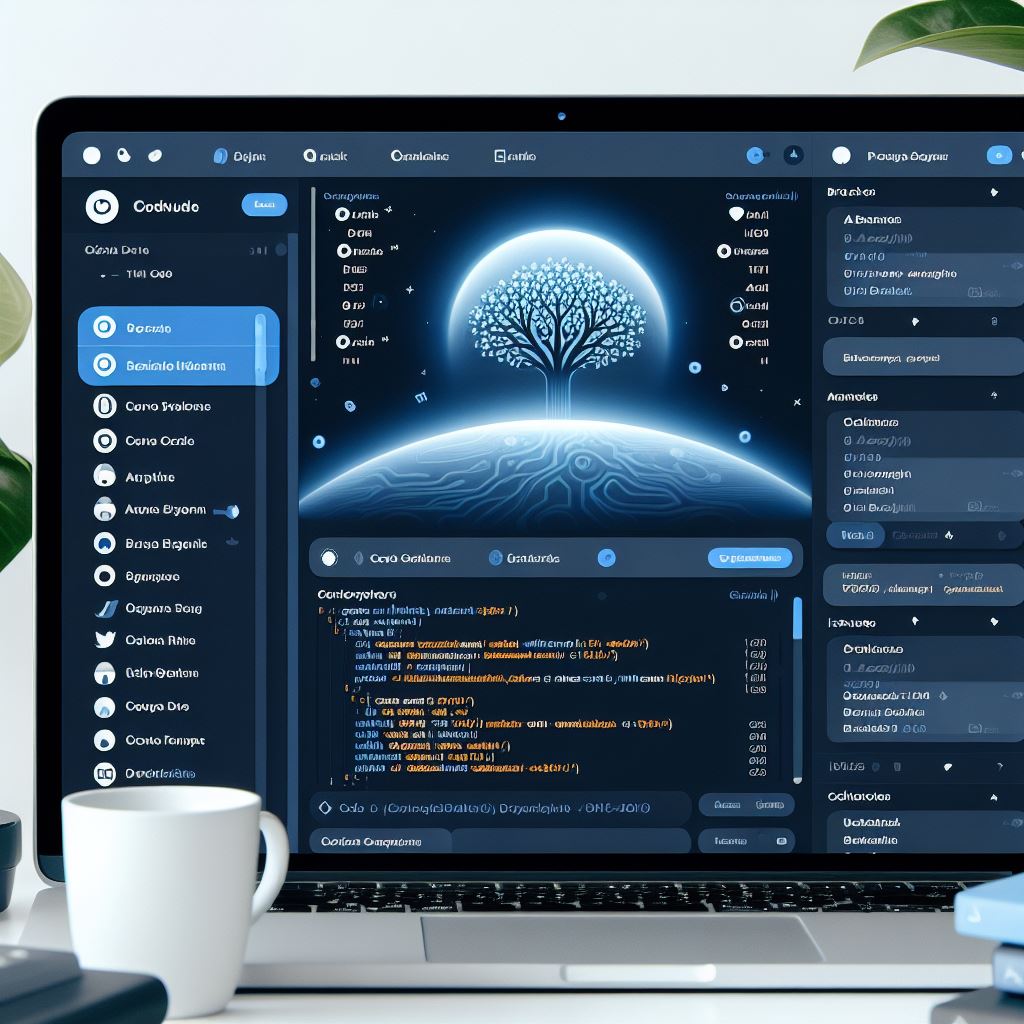If you’re new to the world of programming and software development, you may have come across the term code repository and wondered what it means. In this article, we’ll break down what a code repository is in simple terms and why it’s essential for developers. So, let’s get started.
What is a Code Repository?
A code repository, often referred to as a repo for short, is like a store for your code. It’s a place where developers store, organize, and manage their software sources. You can think of it as a safe and organized place for all the code you write and collaborate on with others.
Why Do Developers Need Code Repositories?
Code repositories serve several essential purposes in the world of software development:
1. Version Control
One of the most crucial functions of a code repository is version control. Imagine you’re working on a project, and you make changes to the code. Without a code repository, keeping track of these changes would be a nightmare. With a code repository, every change you make is recorded, and you can easily switch between different versions of your code if needed. This is incredibly handy when you want to undo a mistake or review the history of your project.
2. Collaboration
Many software development projects involve multiple people working together. Code repositories make collaboration much more straightforward. Team members can work on the same project simultaneously, and the repository helps manage and merge their contributions. This means that different developers can work on different parts of the code without stepping on each other’s toes.
3. Backup and Recovery
Code is valuable, and losing it can be a disaster. Code repositories act as a safety net. Your code is stored securely, and even if your computer crashes or gets stolen, your work is safe and sound in the repository. You can easily recover your code and continue working from another device.
4. Code Sharing
Sometimes, developers want to share their code with the world or with a specific community. Code repositories provide an easy way to share your work with others. Popular code repository platforms like GitHub, GitLab, and Bitbucket allow you to publish your code publicly or share it with selected individuals.
How Does a Code Repository Work?
Code repositories work based on a system called version control. The most widely used version control system is called Git. Git keeps track of all the changes you make to your code and stores them in a history. Here’s a simplified explanation of how it works:
- Initialization: To start using Git, you create a repository in your project’s directory. This repository is like a special folder that will track all the changes you make to your code.
- Adding Files: As you work on your project, you add and modify files. Git keeps an eye on these changes.
- Committing Changes: When you’re ready to save your work, you “commit” your changes. Think of a commit as a snapshot of your code at a specific point in time. You also leave a message to describe what you did in that commit.
- Branches: Git allows you to create different branches of your code. Each branch can have its own set of changes and developments. This is useful for working on new features or fixing bugs without affecting the main codebase.
- Merging: Once you’re satisfied with the changes in a branch, you can merge it back into the main codebase. This combines all the changes into one cohesive codebase.
- Push and Pull: When collaborating with others, you “push” your changes to the code repository, making them available for others to see and use. Conversely, you “pull” changes from the repository to update your local copy with the latest changes made by your collaborators.
Popular Code Repository Platforms
Several platforms provide hosting services for code repositories. The most well-known ones include:
1. GitHub
GitHub is perhaps the most famous code repository platform. It’s used by millions of developers worldwide to host and collaborate on open-source and private projects. GitHub offers a user-friendly interface and a wide range of features, making it a top choice for many developers and organizations.
2. GitLab
GitLab is similar to GitHub but offers more robust features for DevOps and continuous integration and delivery (CI/CD). It provides a complete DevOps platform, making it a popular choice for organizations looking to manage their entire software development lifecycle in one place.
3. Bitbucket
Bitbucket is known for its integration with other Atlassian tools like Jira and Confluence. It’s often preferred by teams that use Atlassian’s suite of products for project management and collaboration.
How to Get Started with a Code Repository
Now that you understand the basics of what a code repository is and why it’s essential, let’s talk about how you can get started with one. We’ll focus on using GitHub, as it’s beginner-friendly and widely used.
1. Sign Up for a GitHub Account
If you don’t already have a GitHub account, you can sign up for free at GitHub.com. All you need is an email address and a password.

2. Create a New Repository
Once you’re logged in, you can create a new repository by clicking on the create a new repository button on the main page. Give your repository a name, a brief description, choose whether it should be public or private (public repositories are visible to everyone, while private repositories are only visible to you and those you invite), and select options for initializing your repository (you can choose to add a README file, create a .gitignore file, or choose a license).

3. Clone Your Repository
To start working on your code locally, you need to clone the repository to your computer. You can do this by clicking the “Code” button on your repository’s main page and copying the URL. Then, open your terminal or command prompt and use the git clone command followed by the repository URL.
4. Add, Commit, and Push Changes
Now you can start adding your code files to the repository. After making changes, use the following Git commands to commit and push your changes to GitHub:
git add .: This command stages all changes for the next commit.git commit -m "Your commit message here": This command creates a commit with a descriptive message.git push: This command pushes your committed changes to the GitHub repository.
5. Collaborate with Others
If you’re working with a team, you can invite collaborators to your repository on GitHub. Collaborators can make changes, create branches, and contribute to the project.
6. Explore GitHub Features
GitHub offers various features like issues, pull requests, and project boards to help you manage your project effectively. Explore these features to enhance your development process.
Conclusion
In conclusion, a code repository is an important tool for software developers. It helps you keep track of your code, collaborate with others, and safeguard your work. Whether you’re a beginner or an experienced developer, understanding and using code repositories like GitHub can greatly improve your coding workflow and productivity. So, don’t hesitate to create your first repository and start coding confidently!
Thank you for reading.

